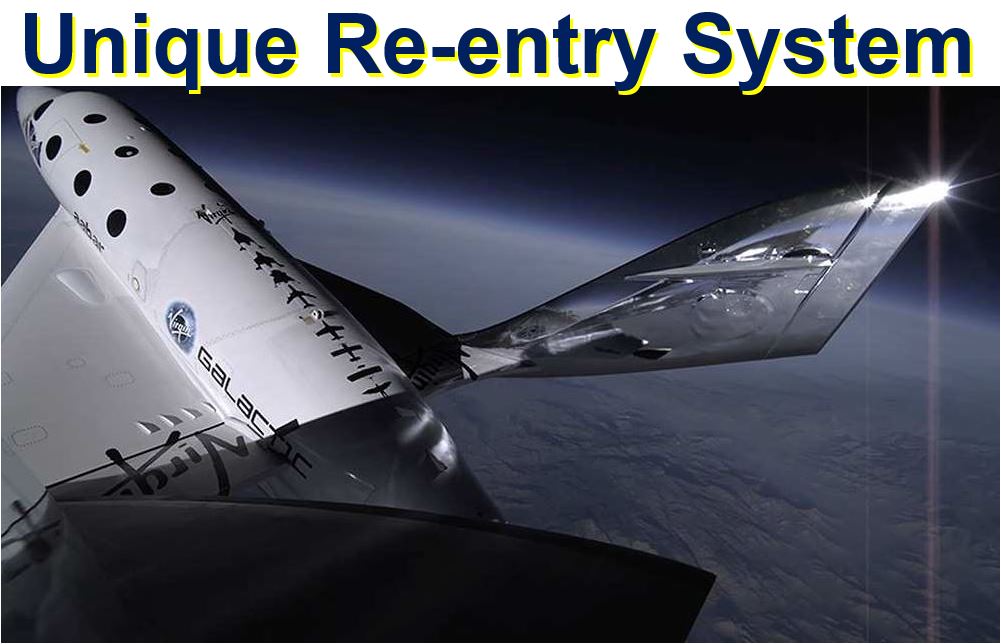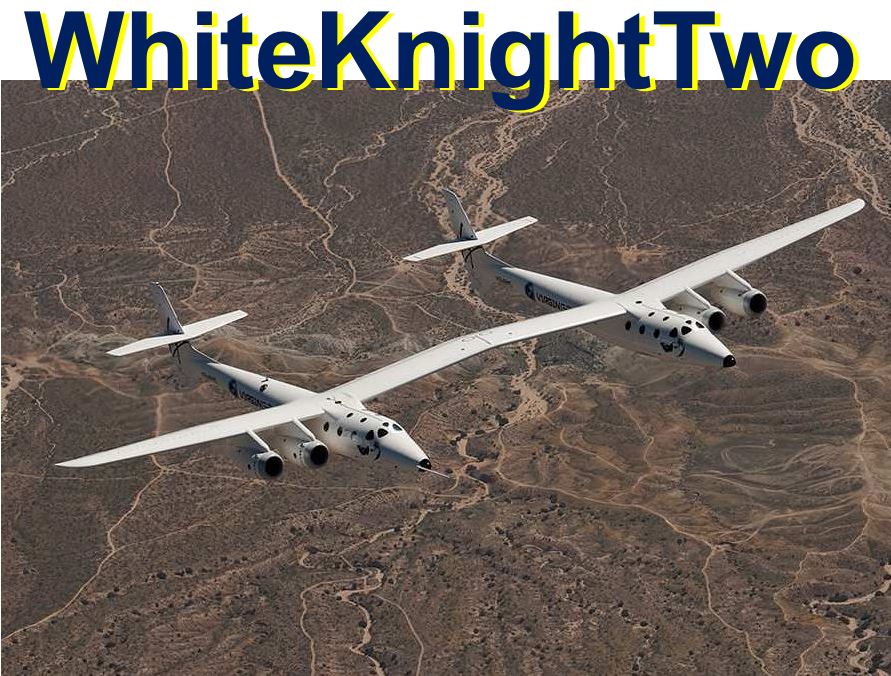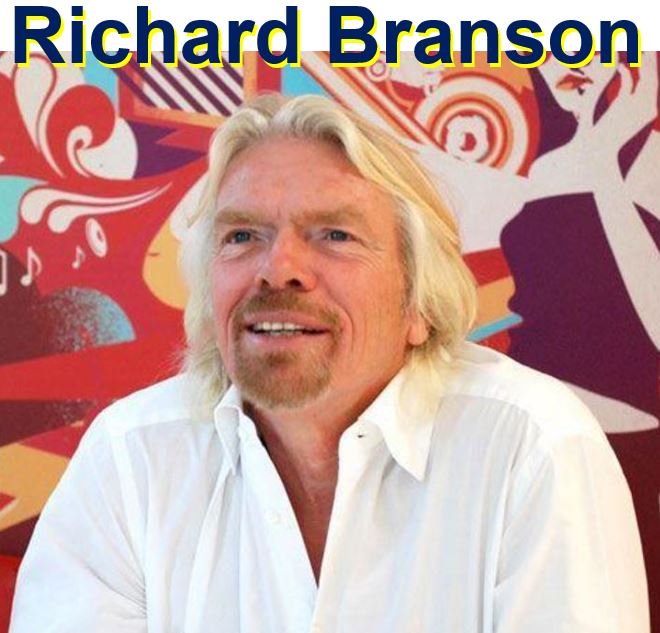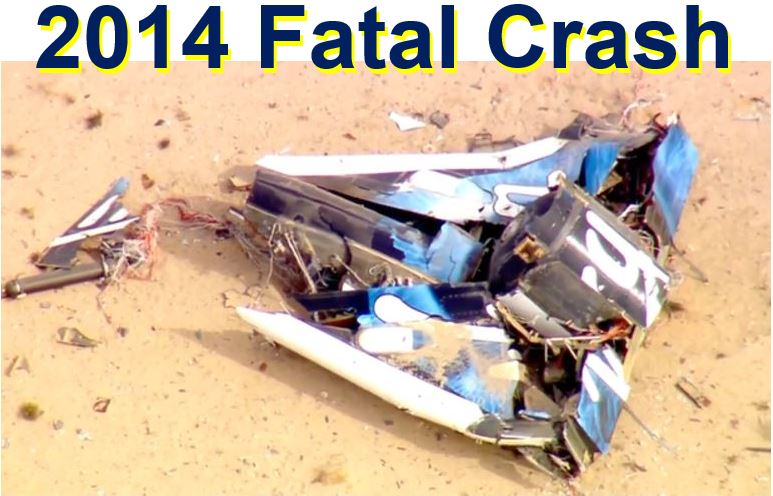Virgin Galactic SpaceShipTwo will soon be introduced to customers, partners and the world as the global commercial space travel race intensifies. Sir Richard Branson’s project to send passengers into space is clearly coming back on track after a test pilot was killed in a tragic accident in 2014.
Virgin Galactic, the California-based spaceflight company within the Virgin Group, says it will soon celebrate the hard work that all its engineers and technicians have poured into creating each of SpaceShipTwo’s parts, testing them one-by-one, and assembling them into the new commercial spacecraft.
With this phase of its work completed, the company says a new one begins, with further comprehensive testing and, ultimately, if all goes according to plan, the world’s first commercial human spaceflight program.
 According to Virgin Galactic: “SpaceShipTwo is a reusable, winged spacecraft designed to repeatedly carry as many as eight people (including two pilots) into space. Everyone on board will earn official astronaut status, just like the pilots who flew the X-15 spaceplane.” (Image: virgingalactic.com)
According to Virgin Galactic: “SpaceShipTwo is a reusable, winged spacecraft designed to repeatedly carry as many as eight people (including two pilots) into space. Everyone on board will earn official astronaut status, just like the pilots who flew the X-15 spaceplane.” (Image: virgingalactic.com)
Virgin Galactic’s scientific and technical team includes experienced leaders from NASA’s mission control and astronaut corps, military personnel from three different countries, as well as experts of leading transportation and aerospace companies.
Testing is a long and slow process
In a statement, Virgin Galactic said:
Even before we unveil this brand new vehicle – indeed, even before we’d assembled the parts together into something that looked like a spaceship – we had begun a rigorous test campaign patterned off the relevant industry standards.”
“Starting at the level of individual pieces and components, we poked, prodded, stretched, squeezed, bent, and twisted everything used to build these vehicles. We’ve run a spaceship cabin through thousands of pressure cycles simulating the flight from ground level to space and back; we’ve conducted nearly one hundred full-scale tests of our rocket motor system; we’ve bent and torqued our megastructures in ways significantly exceeding what they’d see in flight.”
 SpaceShipTwo uses a unique system to re-enter the Earth’s atmosphere safely. It can mimic the performance of a capsule or of a winged vehicle at the appropriate parts of its trajectory. (Image: virgingalactic.com)
SpaceShipTwo uses a unique system to re-enter the Earth’s atmosphere safely. It can mimic the performance of a capsule or of a winged vehicle at the appropriate parts of its trajectory. (Image: virgingalactic.com)
Virgin Galactic explains that this type of testing will never be complete, it is an ongoing process of checking and monitoring components, parts and the whole spacecraft. However, the company has now entered a phase where the testing focuses more on the vehicle as a whole.
As the new vehicle is very similar to its predecessor, the company benefits from the data that was gathered and analyzed from its 55 successful flights “as well as the brutal but important lessons from one tragic flight test accident.”
The next full vehicle tests will start by validating and calibrating existing data. SpaceShipTwo’s test will be similar to those carried out on its predecessor.
More to testing than most people realise
Some aspects of testing will probably be obvious to most laypeople – for example, while the company claims it has built an in-house rocket team that is likely the most experienced of any group in the world with hybrid rocket motors of this class, it is still necessary to validate that experience in ground testing repeatedly with performance in the air.
Other equally-important tests that are not obvious to the casual observer, or maybe even to experienced aviators and rocketeers who have not worked with this vehicle’s unique design, are also required.
According to Virgin Galactic:
“Our team’s job is to plan out not just the obvious tests but also the strange and inventive ones, to conduct those tests, and to use the data from those tests to re-examine everything about our vehicle to ensure we can take the next step forward.”
 WhiteKnightTwo is a custom-built, 4-engine, dual-fuselage jet aircraft. It is designed to carry SpaceShipTwo up to an altitude of about 50,000 feet for safe and efficient air launch. (Image: virgingalactic.com)
WhiteKnightTwo is a custom-built, 4-engine, dual-fuselage jet aircraft. It is designed to carry SpaceShipTwo up to an altitude of about 50,000 feet for safe and efficient air launch. (Image: virgingalactic.com)
Space testing – what to expect
This next phase of testing does not involve blasting off the vehicle straight into space – all will be done on the ground. Even when SpaceShipTwo is unveiled, it will be a ground-based celebration.
The new vehicle will stay firmly on the ground for quite a while after her unveiling, as engineers run her through full-vehicle tests of her electrical systems and every single moving part.
While the tech team is 100% sure these things work individually, it would be reckless to assume that they will all work together – that needs to be tested and verified. “We’ll do so quickly, but we won’t cut corners,” the company says.
As soon as that is done, the spaceship will be ready for flight testing. This starts with a captive-carry flight, when SpaceShipTwo stays firmly mated to WhiteKnighTwo, her mothership.
 Sir Richard Branson, Chairman of Virgin Galactic, is clearly back in the race to be the first commercial space passenger carrier. (Image: twitter.com/richardbranson)
Sir Richard Branson, Chairman of Virgin Galactic, is clearly back in the race to be the first commercial space passenger carrier. (Image: twitter.com/richardbranson)
This is followed by glide testing – the spaceship flies freely as a glider coming home from 14 kilometres (45,000+ feet) up in the air while pilots determine how well she handles.
If all the glide flights go according to plan, rocket-powered test flights are done. The testing at this stage is done progressively.
The engineers will determine how heat from the rocket motor dissipates in the rear of the spacecraft, how closely their models of forces on the vehicle match what happens in real life, and how the vehicle behaves when it breaks the sound barrier while ascending and descending.
Spacecraft gradually flown higher and faster
Test flights will start off at low altitude and slow speed, with both increasing progressively after the vehicle passes each mini-test. Often a test is repeated if the engineers want to get additional data or confirm a result.
 Virgin Galactic’s rocket plane crashed in 2014, killing one of the two pilots. The disaster was a devastating blow to Virgin’s team of pilot’s and Sir Richard Branson.
Virgin Galactic’s rocket plane crashed in 2014, killing one of the two pilots. The disaster was a devastating blow to Virgin’s team of pilot’s and Sir Richard Branson.
When SpaceShipTwo has crossed 100,000 feet (31 kilometres), it will already have ascended through 99% of the Earth’s atmosphere, and its pilots will experience microgravity (weightlessness) while surrounded by a sky that has noticeably started to turn black.
At fifty miles (80 kilometres), the pilots will have met NASA and US Air Force’s requirements for official astronaut status, and will be recognized by the US Government as bona fide space travelers. The Fédération Aéronautique Internationale will grant them the same recognition when they have crossed 62 miles (100 kilometres) – this will occur sometime later.
Regarding when the company will start selling tickets and carrying customers into space, Virgin Galactic said:
“When we are confident we can safely carry our customers to space, we will start doing so. We feel incredibly honored that our earliest paying customers already number more than the total number of humans who have ever been to space.”
“Our first spaceflight with paying customers; our first flight full of research experiments; our first flight with a full complement of eight (a feat that has only been accomplished once before in all of history, by the Space Shuttle on mission STS-61A); the dozens of times we will fly the first ever astronaut from a given nation — each of these will be exciting milestones in the history of space exploration.”
“No one is more eager than us to complete those milestones—nor to share this journey, with all its challenges and triumphs, with a global public that craves inspiring and ambitious stories to balance out the daily barrage of the 24 hour news cycle.”
The company insists this is not a race, reiterating the importance of comprehensive testing and getting it all right. “There is no easy way from the Earth to the stars. But finally, there is a way, and through steady testing, we will find it,” it said.
Video – Virgin Galatic’s introduction to testing
Many thousands of small and large scale tests need to be done to make sure every component of the spaceship works properly both individually and all together. In this video, Vice President of Safety & Test, Todd Ericson, explains how this is done and how the process progresses before a spaceship is taken to the air for the first time.

